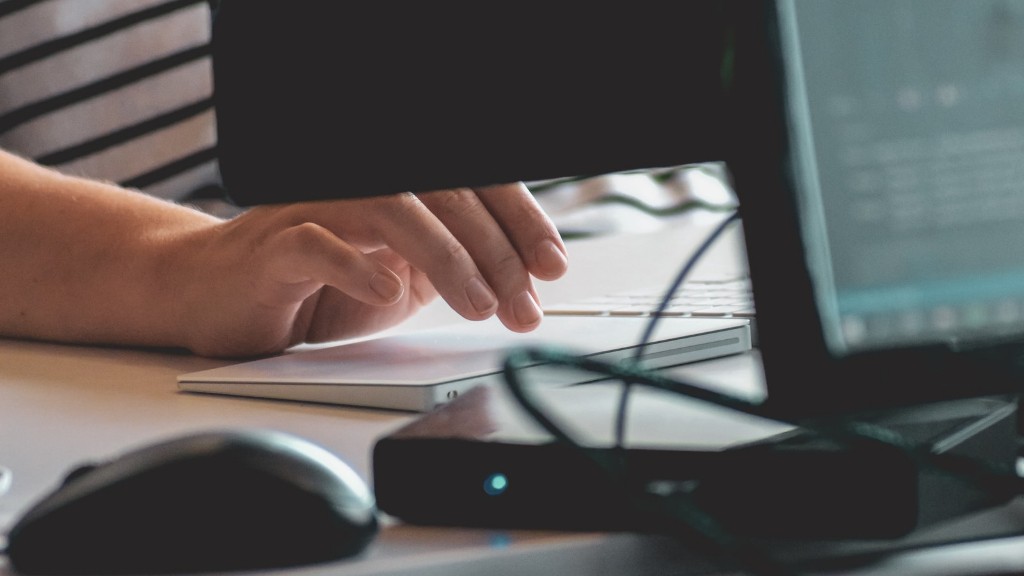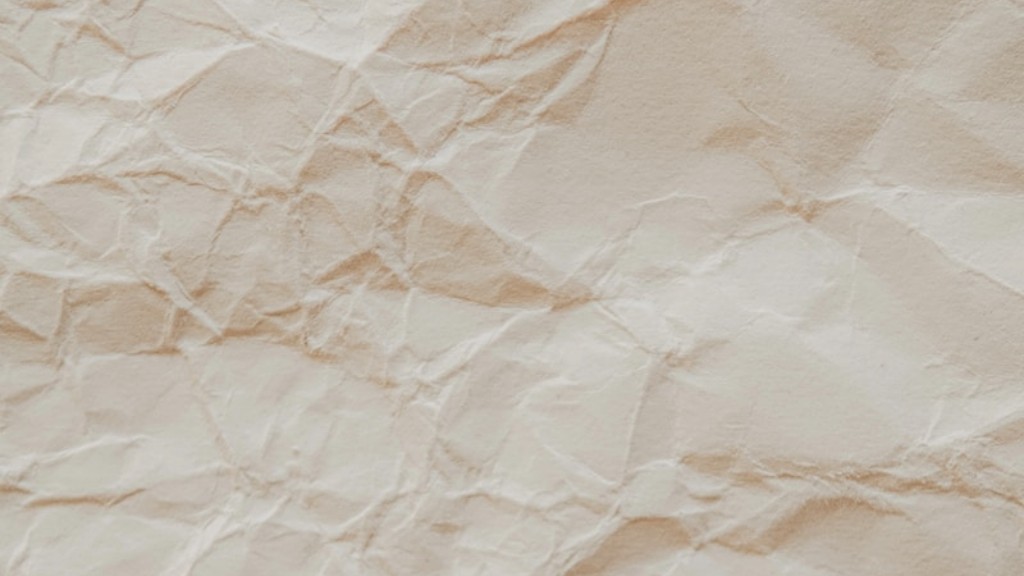How to Use a Tattoo Printer
Tattoo printers are becoming increasingly popular in the modern world as more people become comfortable with body art. Whether you’re a seasoned tattoo artist looking for a faster and more efficient way of creating tattoos, or a curious individual looking to get into tattooing, knowing how to use a tattoo printer can come in handy.
A tattoo printer is a desktop inkjet printer that is designed for printing designs for tattoos. They use inkjet cartridges to create the tattoo designs and can be used to apply tattoos directly to the skin. Tattoo printers are used by professional tattoo artists to widen their design portfolio, and are becoming increasingly popular among home users who are looking to experiment with their own body art.
Tattoo Printer Hardware
Tattoo printers come with a wide range of features. Generally they are equipped with a compact footprint, multiple ink tanks that can be filled with a wide range of colors, and a tattoo guide to help keep the ink in place. Additionally, they come with a special polymer surface that allows for faster drying times and a smoother, less painful application of the tattoo.
One of the biggest benefits of a tattoo printer is that it allows for a much more accurate placement of a tattoo. Many home users and tattoo artists alike find that the accuracy and flexibility provided by a tattoo printer make it an ideal tool for creating artwork quickly and efficiently.
Getting Started with a Tattoo Printer
Once you’ve purchased a tattoo printer, it’s time to get started. Firstly, you’ll need to select the design you want to use. A good place to start is to purchase a premade kit with original designs that come with instructions and templates for transferring them onto the skin. Once the design is selected, it’s time to prepare the skin for the tattoo.
This involves cleaning the skin with an antibacterial soap, followed by shaving or waxing the area to be tattooed. It’s important to note that it’s best to shave the area with the grain of the hair for a smoother tattoo application.
Applying the Tattoo
When the skin is prepared, it’s time to transfer the design. This is done by printing the design onto a special polymer surface provided by the tattoo printer. Once the design is printed, it is applied to the area to be tattooed by carefully peeling the paper off the back. It’s important to ensure that the design is properly aligned and the printout is firmly attached to the skin.
Once the paper is peeled off, the area is cleaned with an antiseptic wipe before the tattoo is applied. This ensures that there is no bacteria on the area that could cause infection. Finally, after the tattoo is complete, it’s important to apply an antiseptic ointment to the area to protect the tattoo and help it heal.
Increased Efficiency
Using a tattoo printer can greatly increase the efficiency of the tattooing process. For professional tattoo artists, this increased speed can lead to increased profits, while for casual users it can open up new possibilities for body art. With the help of a tattoo printer, users can quickly and easily transfer designs from paper to skin with minimal effort.
Tattoo Printer Maintenance
In order to ensure that a tattoo printer works efficiently, it should be regularly maintained and cleaned. This can be done by cleaning the inkjet cartridges and surfaces with a damp cloth. Additionally, it’s important to ensure that the printer is stored in a cool, dry place and the ink is kept sealed and away from direct sunlight.
Finally, it’s important to periodically check the printer for any signs of wear or damage. If any issues are found, it’s best to seek help from a technician as soon as possible.
Advanced Design Creation
Tattoo printers come with a range of features that make it easier for users to create intricate and complex designs. With the help of specialized software, users can create custom designs with precise color matching and line control. Additionally, many tattoo printers come with a range of specialized tools, such as stencil guides, that make it easier to create intricate designs.
These specialized features can open up a whole new world of possibilities for tattoo artistry and make it easier for home users to try their hand at body art.
Ink and Needles
When using a tattoo printer, it’s important to use specialized ink and needles. The inks used in tattoo printers are specifically designed for use on the skin and should not be used with regular inkjet printers. Additionally, the needles used in tattoo printers should only be used once and should never be reused.
Using the proper ink and needles will not only ensure a successful tattoo, but also help protect users from potential infections.
Health and Safety Considerations
Regardless of whether you are using a tattoo printer or a traditional tattoo gun, it’s important to take appropriate safety precautions when performing a tattoo. This includes wearing protective gear, such as gloves and goggles, and ensuring that all surfaces used for the tattooing process are properly sterilized.
Additionally, if you are having someone else apply a tattoo for you, be sure to confirm that the person is properly licensed and experienced in tattooing. Taking these precautions will help ensure that you have a safe and successful tattooing experience.
In Conclusion
Using a tattoo printer can be a great way to quickly and accurately apply body art. With the right set up and a bit of practice, you can quickly get started with tattooing and begin to explore the world of body art. Keep in mind, however, that tattooing is a complex process and should be done with proper safety precautions in mind.

